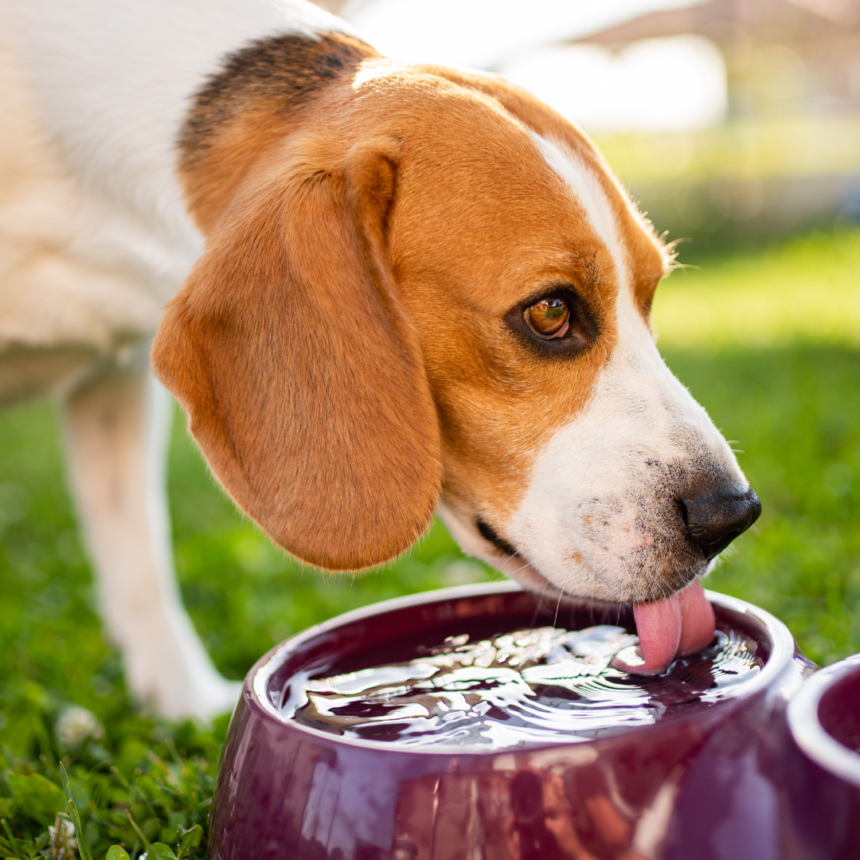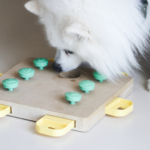Introduction
Proper hydration is vital for your dog’s overall health and well-being. As a responsible pet owner, understanding the importance of adequate water intake for your furry friend is crucial. This article aims to shed light on the significance of canine hydration, potential challenges owners might face, and practical solutions to ensure your dog drinks enough water.
Hydration Essentials for Dogs
Water is a crucial element for the well-being of our canine companions, playing multifaceted roles in various bodily functions. Understanding these functions is paramount for responsible pet ownership.
Firstly, water is vital for proper digestion in dogs. It aids in breaking down food, facilitating nutrient absorption, and promoting a healthy digestive system. Insufficient water intake can lead to digestive issues, impacting a dog’s overall health.
Temperature regulation is another key function of water in a dog’s body. Dogs cool themselves primarily through panting, a process that requires adequate hydration. Dehydration can hinder this cooling mechanism, leading to overheating, especially in warmer climates or during physical activities.
Furthermore, water is essential for organ function in dogs. It helps maintain blood circulation, ensuring vital organs receive the necessary oxygen and nutrients. Adequate hydration supports kidney function by aiding in the filtration of waste products. Insufficient water intake can stress these organs, potentially leading to long-term health issues.
Identifying Dehydration Signs
Recognizing the signs of dehydration in dogs is crucial for maintaining their health and well-being. Dehydration occurs when a dog loses more fluids than it takes in, and understanding the symptoms can help pet owners address this issue promptly.
One common sign of dehydration is excessive thirst. If your dog is drinking more water than usual, it may indicate an attempt to compensate for fluid loss. Additionally, observe the color of your dog’s urine. Dark yellow or concentrated urine can be a sign of dehydration.
Dry or sticky gums are another indicator. In a well-hydrated dog, the gums are typically moist. If they appear dry or sticky, it suggests dehydration. Skin elasticity is also a key factor. Gently lift a bit of skin on the back of your dog’s neck; it should quickly return to its normal position. If it takes time or remains lifted, your dog may be dehydrated.
Lethargy and a lack of energy are common symptoms. Dehydrated dogs may appear more tired than usual and may be less interested in activities. Sunken eyes and a loss of appetite are additional warning signs that warrant attention.
Common Hydration Challenges
Ensuring our canine companions stay well-hydrated is a crucial aspect of responsible pet care, but various challenges can hinder their access to sufficient water. Understanding these obstacles is essential for proactive prevention.
Weather conditions play a significant role in a dog’s hydration levels. Hot and dry weather can lead to increased water loss through panting and evaporation. During such conditions, dogs may need more water to compensate, and failure to provide adequate hydration can contribute to dehydration.
Health issues can also pose challenges to a dog’s water intake. Certain medical conditions or medications may increase thirst, requiring careful monitoring of water consumption. Additionally, dogs with dental problems may find it painful to drink, impacting their overall hydration.
Picky drinking habits are another potential challenge. Some dogs may be selective about the temperature or cleanliness of their water, leading to reduced intake. Pet owners should pay attention to their dog’s preferences and address any issues that may discourage them from drinking enough water.
To overcome these challenges, pet owners can take proactive measures. Providing access to fresh and clean water at all times is paramount. In hot weather, offering shaded areas and avoiding strenuous activities during peak heat can help prevent dehydration. Regular veterinary check-ups can identify and address any underlying health issues affecting a dog’s hydration.
Practical Solutions
Overcoming hydration challenges for our furry friends involves implementing practical solutions to ensure they receive the water they need for optimal health. Here are some actionable tips to create a conducive drinking environment and encourage proper hydration for your canine companion.
Firstly, pay attention to the water bowl. Dogs can be sensitive to the material, shape, or cleanliness of their bowls. Opt for stainless steel or ceramic bowls, which are less likely to retain odors and are easy to clean. Ensure the bowl is wide and shallow, especially for dogs with broader muzzles, making it more comfortable for them to drink.
Introducing hydrating treats is a fun way to boost your dog’s water intake. Consider freezing small amounts of low-sodium chicken or beef broth into ice cube trays. These frozen broth cubes not only keep your dog entertained but also provide a refreshing and hydrating treat, especially during warmer months.
Maintaining a consistent water routine is crucial. Make it a habit to refresh the water bowl multiple times a day, ensuring it’s always clean and inviting. Dogs are creatures of habit, and a consistent routine helps them anticipate and meet their hydration needs more effectively.
For dogs who enjoy mealtime, consider adding water to their dry kibble to create a hydrating gravy. This not only enhances the flavor but also contributes to their overall water intake.
Innovative Water Consumption Tools
Ensuring your dog stays adequately hydrated is essential, and fortunately, there are innovative products and tools designed to make this task easier and more enjoyable for both you and your furry friend.
One notable product is the dog water fountain. These specially designed fountains provide a continuous flow of fresh water, enticing dogs to drink more frequently. The flowing water not only captures their attention but also keeps the water cool and oxygenated, making it more appealing.
Another innovative solution is the use of interactive water bowls. Some bowls feature built-in splash guards, preventing water spillage and making it more comfortable for dogs to drink without creating a mess. Additionally, there are bowls designed with sensors that automatically dispense water when your dog approaches, ensuring a constant supply.
Freezeable dog toys are also gaining popularity. These toys can be filled with water and frozen, creating a long-lasting and refreshing chewing experience for your pet. As they play, the ice thaws, releasing water to keep them hydrated during playtime.
Water additives are another option, available in various flavors to entice picky drinkers. These additives are often enriched with vitamins and minerals, providing an extra nutritional boost while encouraging water consumption.
Conclusion
In conclusion, maintaining your dog’s hydration is a cornerstone of responsible pet ownership. By understanding the essential role water plays in your dog’s health and recognizing the signs of dehydration, you can ensure a happy and thriving companion. Overcoming common challenges, such as environmental factors or picky drinking habits, becomes achievable with practical solutions. Remember, innovation in water consumption tools can enhance your dog’s drinking experience.









